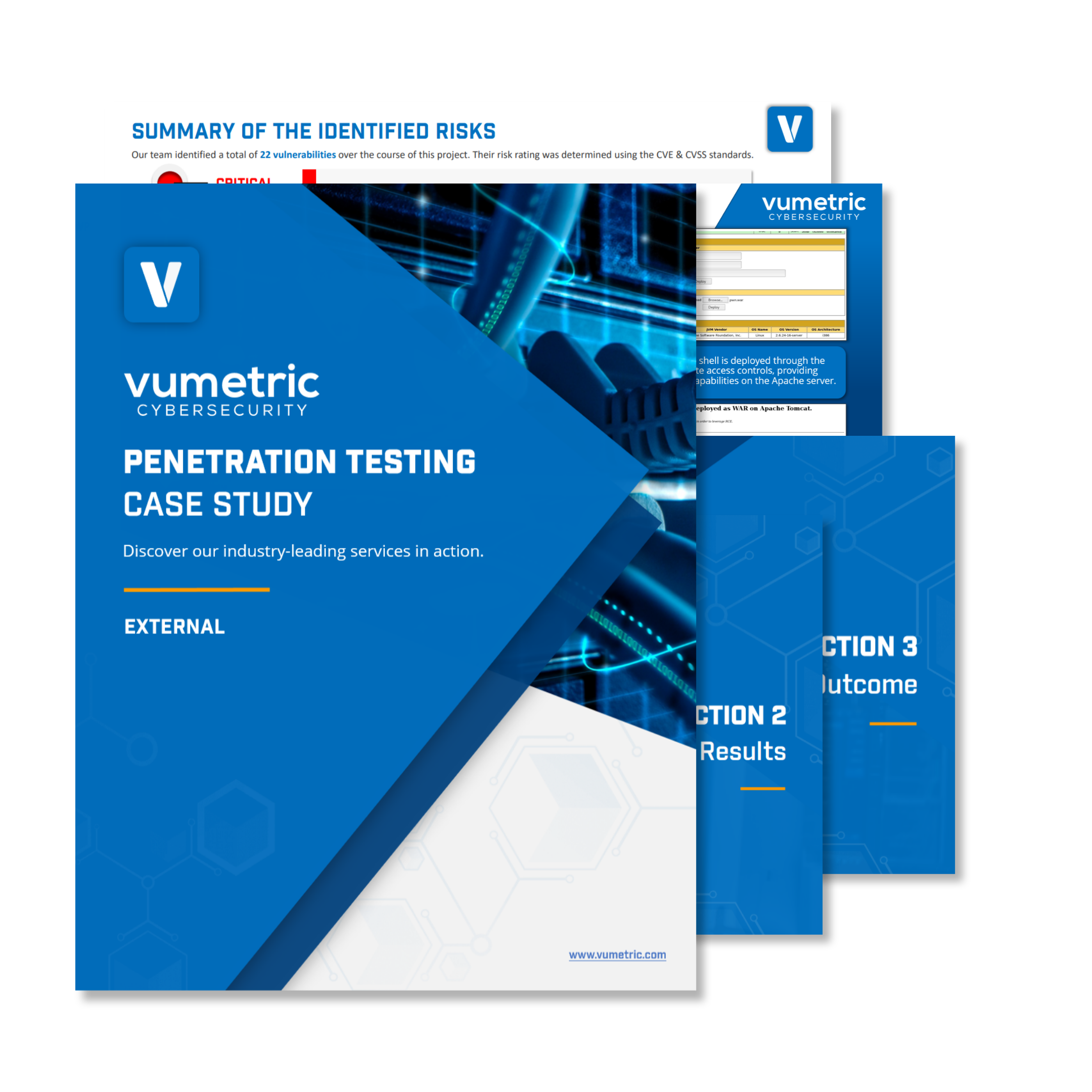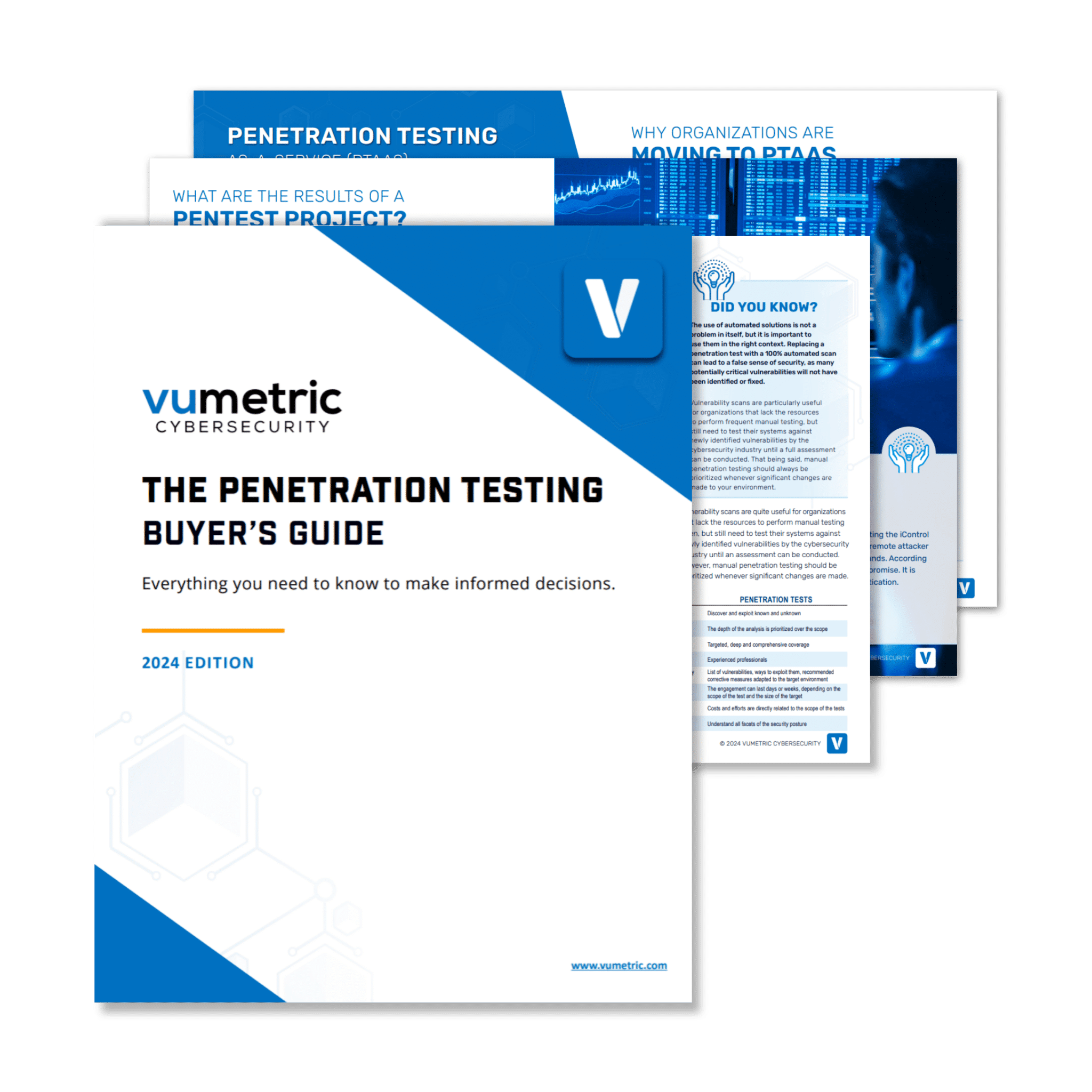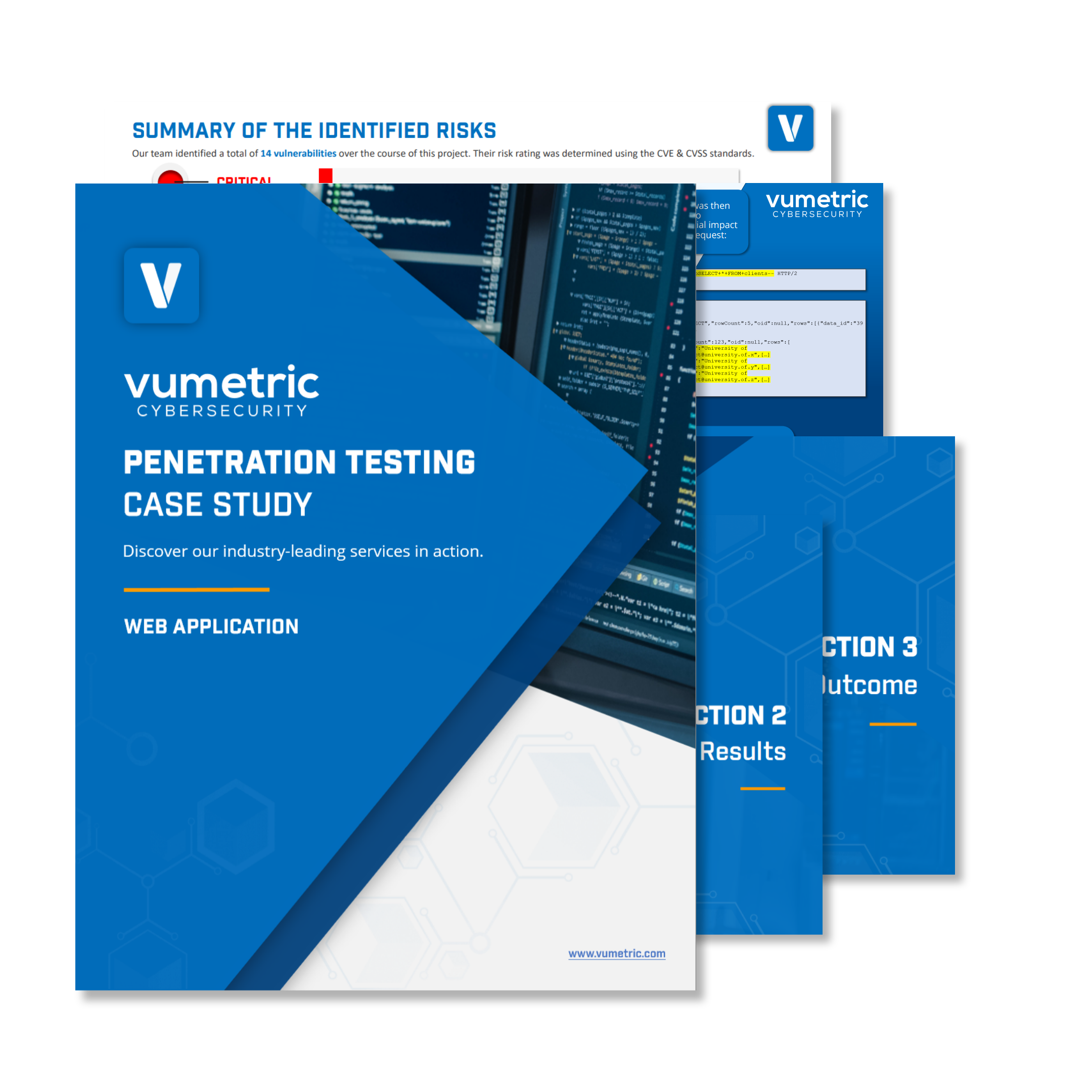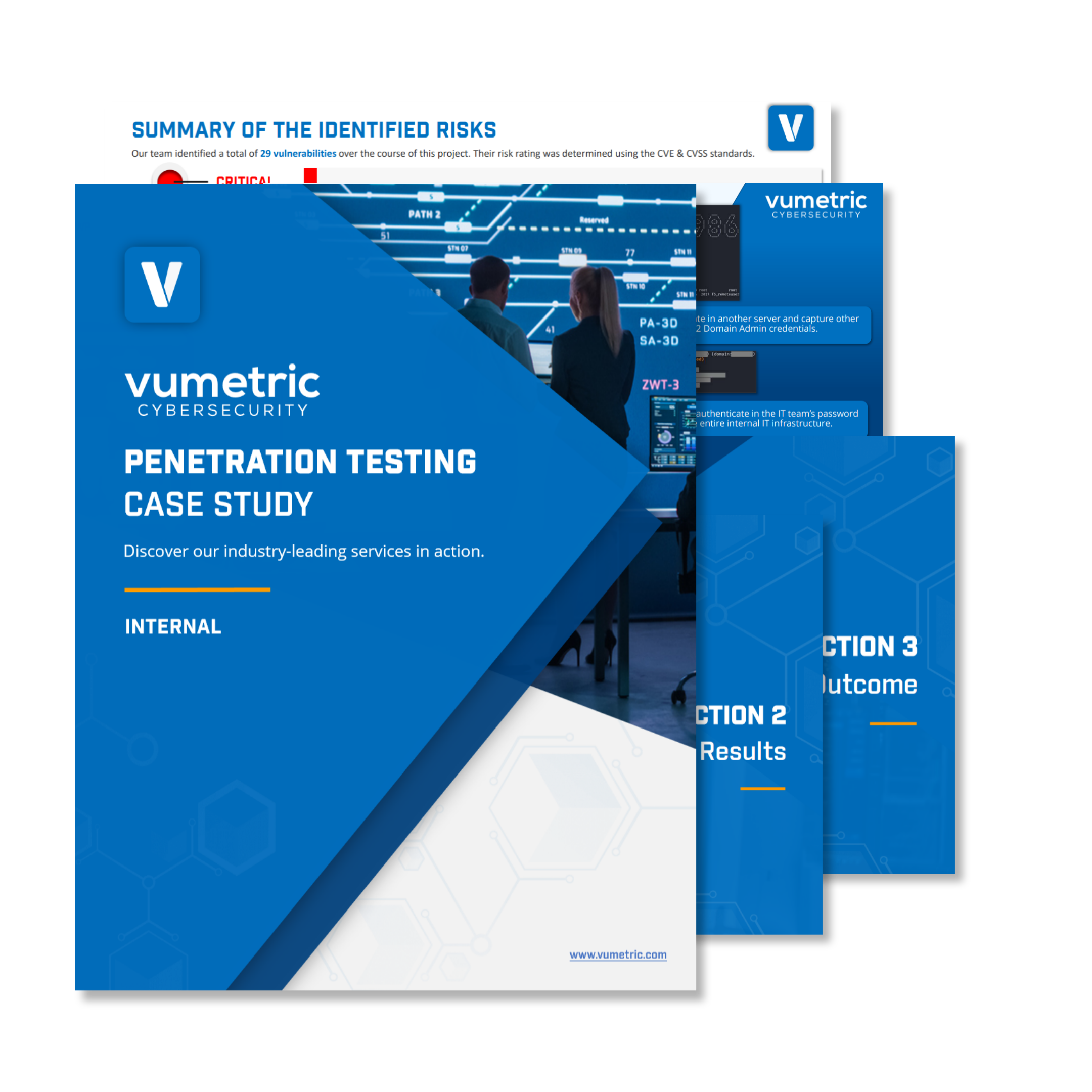Penetration testing is incredibly important for the cybersecurity of your business. Like anything else, however, you have to balance the cost of a penetration test against the return on investment. Unfortunately, it can be difficult to find an accurate price range considering the number of factors that go into determining the pricing.
This article breaks down the main elements that influence penetration testing costs.
1. The scope and the efforts required
Bigger tests, simply put, require more time and therefore, cost more. This seems quite straight-forward, but there is an abundance of elements that will affect the size of a project. The efforts required by the pentester are also quite different from one type of test to another.
For a Network Penetration Test, the efforts vary considerably according to the number of IP addresses and internal servers that are being targeted. The pricing can also be affected by the amount of devices on the internal network, which requires further investigation by the specialist to document the full impact a vulnerability. With that being said, it remains one of the least expensive type of test in comparison with others due to the time spent on each validation.
For a Web Application Penetration Test, the efforts are determined by the features available on the application. For instance, a web application with authentication features, a variety of user roles and credit card payments will require more efforts than a simple application without either. Additionally, the depth of its analysis is much more important than a network test, as the specialists attempt to identify complicated logic flaws specific to the application’s behavior, increasing the time required to perform a full assessment.
For highly specialized tests, such as IoT penetration tests, further research and reverse-engineering might be required to learn about potential exploits of a given technology, which has a direct impact on pricing.
Other factors, such as the state of the targeted system, might also affect the efforts. For example, an industrial SCADA system currently in production which cannot be replicated in a testing environment will require the specialists to be extra vigilant in their approach and in some cases, will force them to use specific techniques that cannot possibly compromise the integrity of the system or cause interruptions within the production line, requiring more efforts in the long run.
2. The approach (automated vs manual testing)
The approach used in a penetration test is one of the main factor that determines the time spent on the assessment. Automated tests are often seen as a cheap alternative to conduct penetration tests, but they are both performed in different contexts and should not be misinterpreted as equivalents, as they yield completely different levels of analysis.
Automated Testing
Automated penetration tests, also known as vulnerability scans or vulnerability assessments, are a cheap and efficient to identify common misconfigurations, unpatched software and known vulnerabilities within your systems. Vulnerability scanners provide a list of known vulnerabilities associated with the technologies available within your ecosystem, which often creates false positive or false negatives that are assumed by IT teams to be accurate. An incorrect interpretation of these false positives could leave your IT team spending a great deal of time and resources on a vulnerability that either doesn’t exist or has little to no impact on your business’s actual security. As a result, automated scans, while cheap and efficient at identifying common mistakes, should not be your only resort to validate the security of your systems.
Manual Testing
Manual penetration testing goes beyond the identification of vulnerabilities. A manual penetration test aims to validate the existence of the vulnerabilities within your systems and exploits them to provide evidence of their potential impact on your company. It requires an in-depth knowledge of various programming languages, technologies, and environments in order to exploit the vulnerabilities using similar techniques and advanced tools used by hackers. As a result, the company will get a better idea of what the direct impact could be if a hacker exploited to that vulnerability. These tests leverage recognized methodologies, including OSSTMM or OWASP, to gain a deeper understanding of any vulnerabilities within your system and ways in which they could be exploited. Because of their nature, manual tests require a great deal more time and commitment on the part of the penetration tester than automated testing. Your stakeholders can count on the results delivered by a manual penetration test to make decisions that will secure their systems from cyberattacks, guaranteeing a direct return on their investment.
External Penetration Testing
Case Study
See our industry-leading services in action and discover how they can help secure your external network perimeter from modern cyber threats and exploits.
Penetration Testing Guide
(2024 Edition)
Everything you need to know to scope, plan and execute successful pentest projects aligned with your risk management strategies and business objectives.
Web Application Penetration Testing
Case Study
See our industry-leading services in action and discover how they can help secure your mission-critical Web Apps / APIs from modern cyber threats and exploits.
Internal Penetration Testing
Case Study
See our industry-leading services in action and discover how they can help secure your internal network infrastructure from modern cyber threats and unauthorized access.
3. The goals that you’re looking to accomplish
Penetration testing costs also vary considerably according to the specific goals a company intends to meet.
For instance, the PCI-DSS requirements, which mandate an annual penetration test, require evidence that any exploitable vulnerabilities within card processing systems have been properly mitigated. In most case, a second testing phase is required to prove that the vulnerabilities identified during the initial test have been successfully fixed, which increases the costs directly.
Alternatively, many companies now perform tests as part of their development cycle before they release a new feature for an application. In this context, the testing scope is focused on the new features that are being added rather than the entire application, reducing the efforts and thereby decreasing penetration testing costs drastically.
In other cases, companies faced with security requirements from one of their clients might need to test their entire infrastructure as a condition of their partnership, as they want to limit any potential impact that a breach on their vendor extends to their own company. This situation often calls for larger scopes or requires a second testing phase to prove that the vulnerabilities have been successfully mitigated, impacting the costs.
4. The level of expertise
Penetration testing pricing and quality will often differ according to the level of expertise of the specialists in charge of your test, as they will have a direct impact on your return on investment.
The majority of highly-skilled pentesters have successfully completed various certifications – such as GWAPT (learn more about the top penetration testing certifications) – requiring lengthy and advanced training to be certified. These certifications, usually quite expensive, offer some hands-on experience exploiting and documenting vulnerabilities within some of the most complex environments and scenarios testers are regularly faced with in the industry. Some of these certifications, such as OSCP and OSCE, require the tester to complete an intensive assessment lasting as long as 48h consecutively.
These certifications, combined with years of experience in the industry, deliver reliable results that can be used to make accurate decisions, helping your company’s stakeholders to invest their precious resources in areas where the risks are the most prominent. This has a direct impact on the pricing.
In conclusion
Before a company can provide you with an estimated cost for a penetration test, many factors (such as the scope of the project and the context in which it is being performed) will have to be determined and established in detail. To ensure a great return on the cost of your penetration test, there are many things you should expect, such as the level of expertise and the approach used in the test.
Reach out to a certified specialist to get a cost estimate for the type of penetration test adapted to your company and your specific needs.








